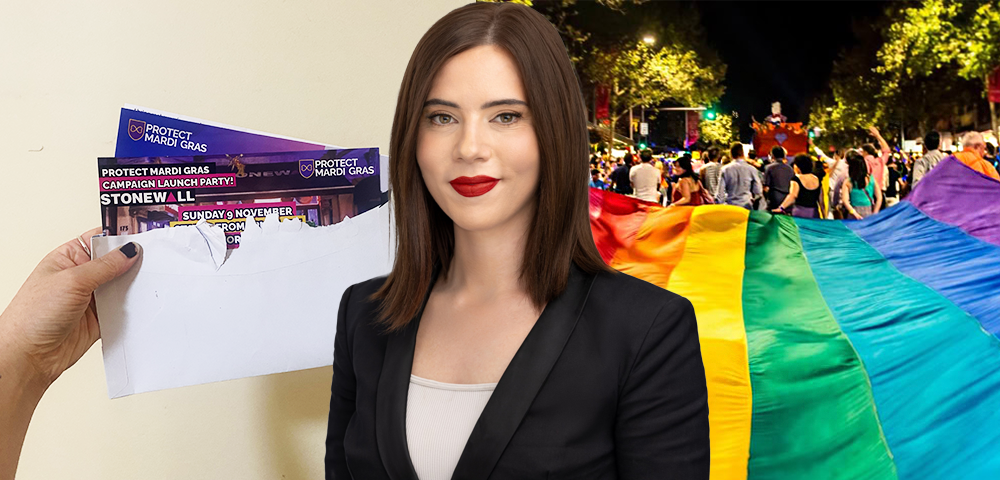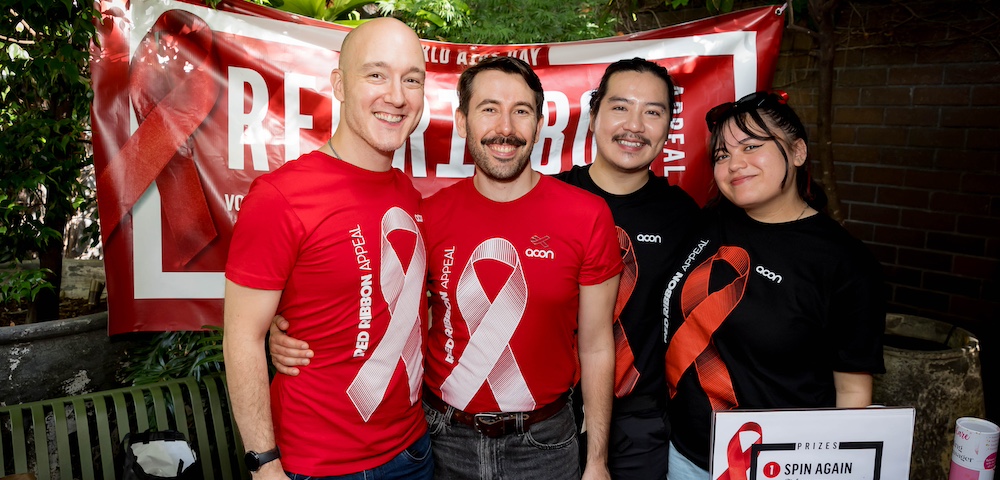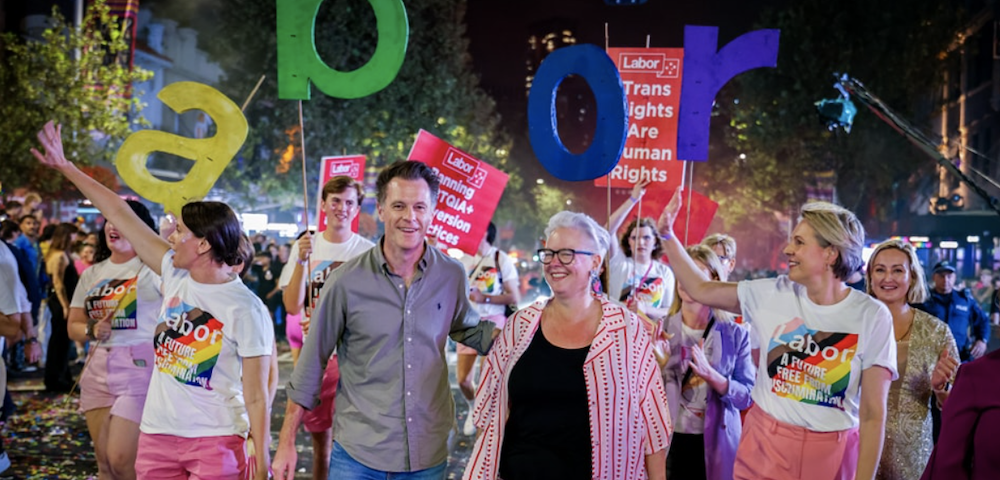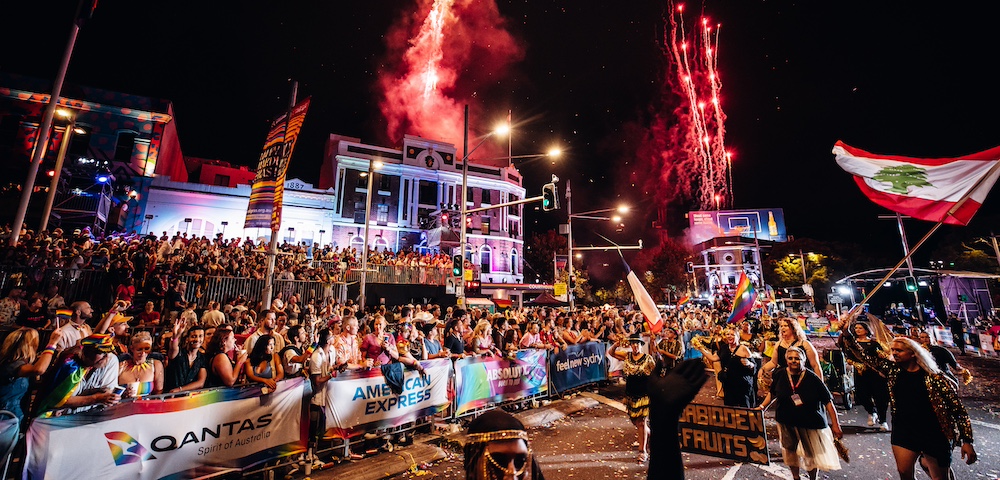
Olympics approve transsexual athletes
The International Olympic Committee this week ruled to allow transsexual athletes to compete in the Olympic Games. The IOC approved qualifying athletes who had undergone sex reassignment before puberty (in the case of intersex people) and post-operative transsexual people.
However, there were a number of conditions: athletes had to have legal recognition of their assigned sex, and eligibility should commence no sooner than two years after gonadectomy. The ruling applied to both male-to-female and female-to-male transsexuals.
Elizabeth Riley, general manager of the Gender Centre, told Sydney Star Observer the ruling was enormously progressive.
There’s long been a debate about an unfair advantage in male-to-female transsexuals over genetically-born women, which has pretty much been dispelled by most experts in the field, Riley said.
Although the ruling has immediate implications for transsexual athletes such as Canadian mountain-bike champion Michelle Dumeresq, Riley said the victory was important for all transsexual people.
The sad thing historically about the exclusion of transgender people in sport is it hasn’t just been confined to those elite levels of sport but to very ordinary social aspects of sport, Riley said. Anything that comes from the highest level of competition is obviously going to filter right back down through the ranks of all sporting organisations.
Riley acknowledged that the rule regarding legal recognition of gender was problematic for athletes worldwide, but said that progress is by nature a step at a time.
The IOC began sex testing in the 1960s and halted testing just prior to the Sydney Olympics. At least one transsexual athlete has competed in the Olympics before, however. Polish sprinter Stella Walsh won gold in the 1932 Los Angeles Olympics, though years later an autopsy revealed male genitalia and XY chromosomes.









